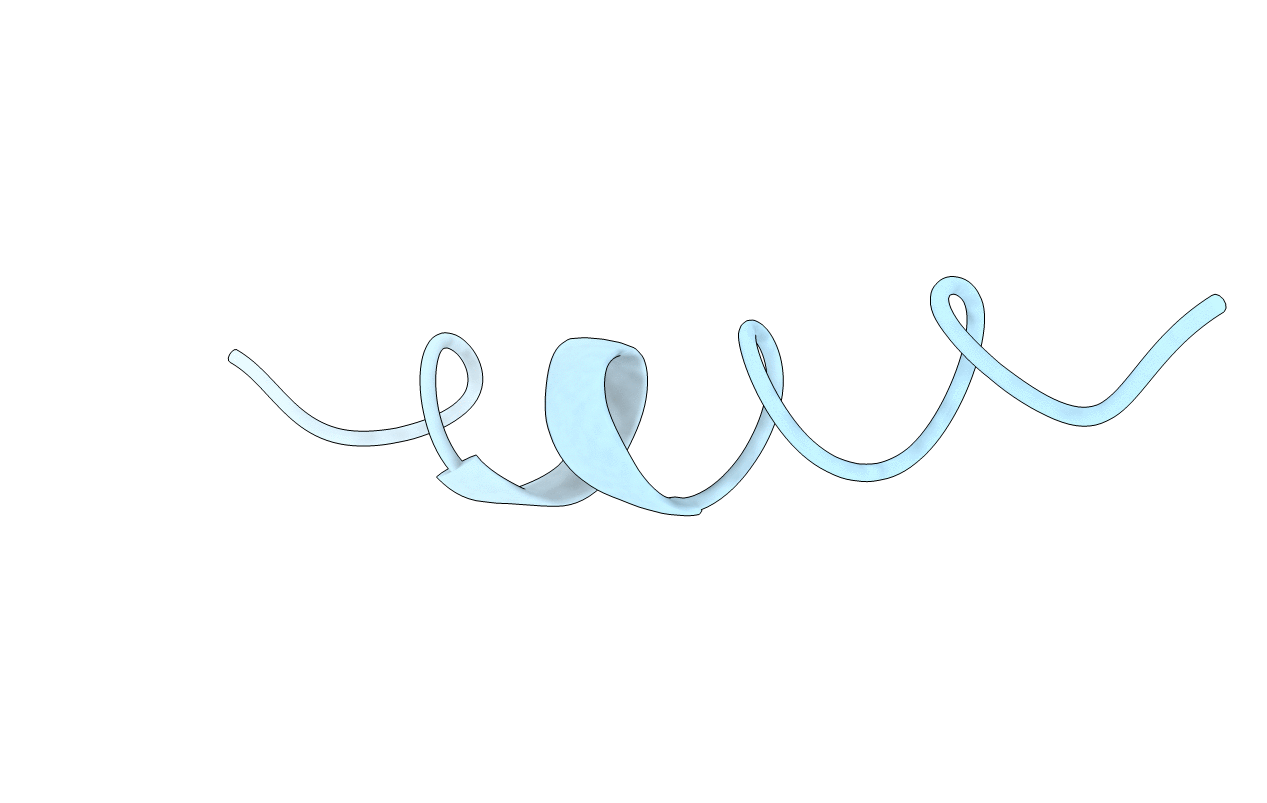
Deposition Date
1997-10-06
Release Date
1998-04-08
Last Version Date
2022-02-16
Entry Detail
PDB ID:
1AWY
Keywords:
Title:
NMR STRUCTURE OF CALCIUM BOUND CONFORMER OF CONANTOKIN G, MINIMIZED AVERAGE STRUCTURE
Biological Source:
Source Organism:
Conus geographus (Taxon ID: 6491)
Method Details:
Experimental Method:
Conformers Calculated:
25
Conformers Submitted:
1
Selection Criteria:
LOWEST ENERGY


